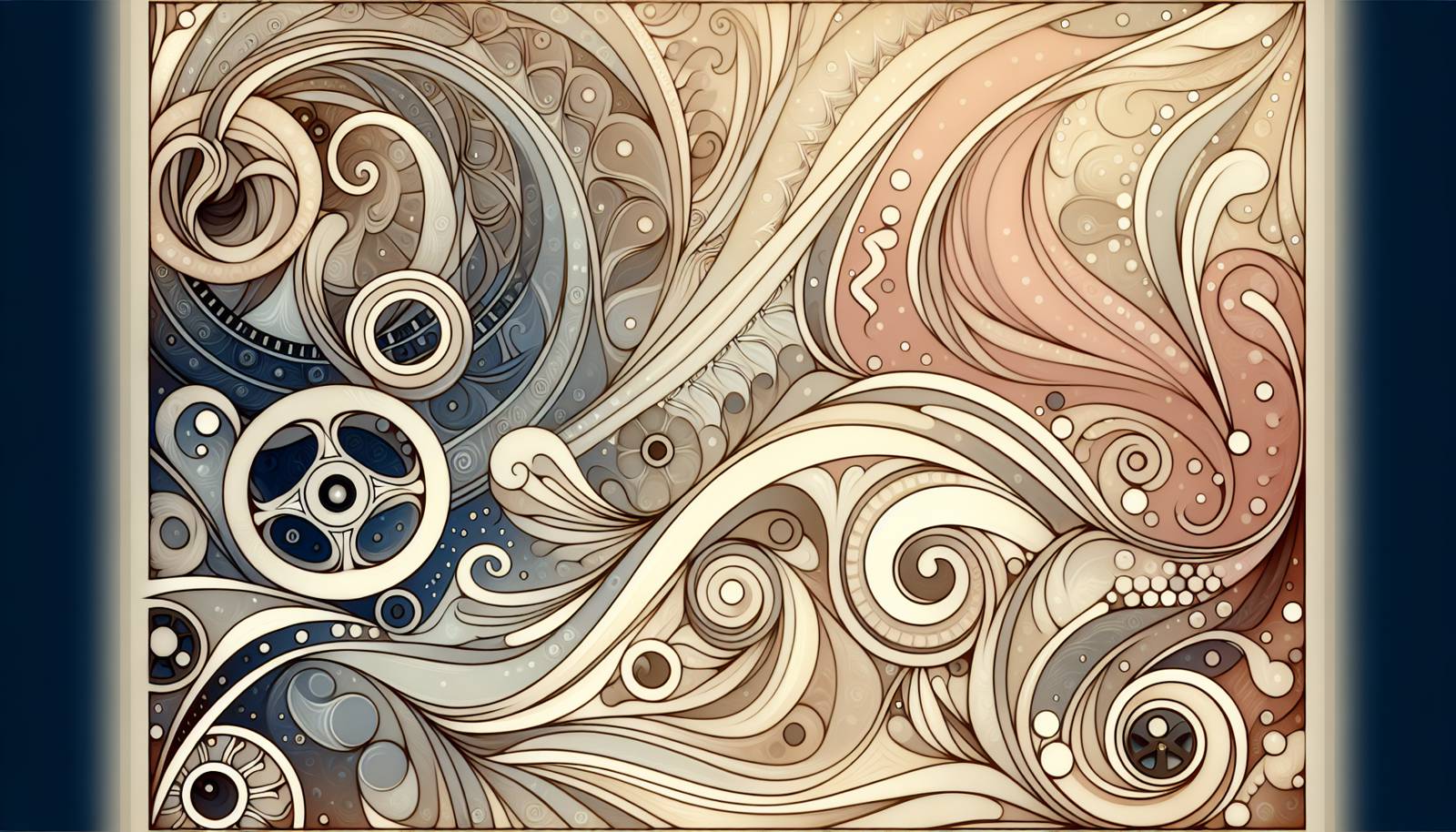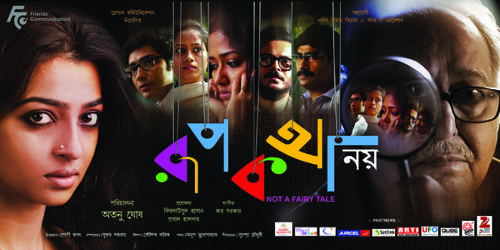
FAQ About Influence of Folk Tales on Modern Cinema

What is a folk tale and how is it defined?
A folk tale is a story passed down through generations, primarily through oral tradition. These tales typically encompass the cultural customs, morals, and values of the community from which they originate, and they often feature universal themes and archetypes. While the details of folk tales vary widely across cultures, they commonly include supernatural elements, moral lessons, and embody cultural wisdom.

How have folk tales historically influenced storytelling in cinema?
Folk tales have provided foundational narratives that cinema adapts to convey universal themes and archetypes in a modern context. Many storylines and characters in films are directly inspired by traditional folk tales. These stories offer timeless narratives that deal with fundamental human experiences, allowing filmmakers to connect with audiences on a deep cultural and emotional level. Additionally, folk tales often include elements of fantasy and adventure, making them well-suited for cinematic adaptation.

Can you give examples of movies inspired by folk tales?
Many films are inspired by folk tales, such as Disney's animated classics like Cinderella and Beauty and the Beast, which are based on European folk tales. More contemporary interpretations include The Brothers Grimm and Pan's Labyrinth, which incorporates elements from various European and Spanish folk stories. These films adapt the themes and characters from the original tales and infuse them with modern cinematic elements.

What modern themes do folk tales introduce into contemporary cinema?
Folk tales introduce a range of themes into contemporary cinema, including heroism, good versus evil, transformation, and the journey of self-discovery. These themes transcend cultural boundaries and provide a framework for exploring complex issues like morality, identity, and societal norms. By incorporating traditional narratives, modern films often explore the balance between individual and community values and address current social issues within a recognizable framework.

How do filmmakers adapt folk tales for a modern audience?
Filmmakers adapt folk tales for modern audiences by updating the settings, characters, and themes to reflect contemporary values and sensibilities. This may involve changing the location to a modern or fantastical setting, altering character dynamics to be more relatable or inclusive, and infusing the story with current social commentary. Moreover, special effects and advancements in cinematography allow filmmakers to reimagine the fantastical elements of folk tales in visually compelling ways.

Why do filmmakers continue using folk tales as a basis for films?
Filmmakers continue using folk tales because they offer universally relatable narratives that resonate across cultures and time periods. These stories provide a treasure trove of archetypes, moral lessons, and fantasy elements that are ripe for cinematic interpretation. Moreover, folk tales have built-in audience familiarity and appeal, as they tap into the collective cultural consciousness, providing a strong basis for storytelling that's both entertaining and meaningful.

What role do cultural values play in the adaptation of folk tales in cinema?
Cultural values play a significant role in the adaptation of folk tales in cinema. When filmmakers adapt these tales, they often incorporate or reflect contemporary societal values and norms. This involves highlighting or adapting particular aspects of the original tales to align with modern perspectives on issues such as gender, power, and morality, thus making the stories more relevant and accessible to today's audiences.

How do folk tales differ across various cultures, and how does this affect cinematic adaptations?
Folk tales across different cultures vary in their themes, characters, and moral lessons, reflecting the unique cultural heritage and values of their origins. This diversity affects cinematic adaptations by providing filmmakers with a broad spectrum of narratives to work with. As a result, adaptations can range from staying true to the source material's cultural context to blending elements from multiple cultures to create universally appealing films. This cross-cultural exchange enriches the cinematic experience by bringing diverse viewpoints and aesthetics to the screen.

In what ways have folk tales been modified in modern cinema to address contemporary issues?
In modern cinema, folk tales have been modified to address contemporary issues such as gender equality, environmentalism, and social justice. Filmmakers may choose to reinterpret traditional narratives to empower marginalized voices or highlight pressing global challenges. For instance, female characters in folk tales may be reimagined as more independent and assertive, and themes of ecological balance can be woven into stories to raise awareness about environmental issues.

What are some examples of folk tale archetypes commonly used in films?
Common folk tale archetypes frequently used in films include the hero or heroine, the trickster, the wise old man or woman, and the villain or antagonist. These archetypes represent universal human experiences and emotions, allowing audiences to easily identify with the characters and storylines. The hero's journey, in particular, is a widely adapted narrative that resonates with viewers due to its theme of personal growth and overcoming obstacles.

How do filmmakers balance faithfulness to the original folk tales with creative innovation?
Filmmakers balance faithfulness to original folk tales with creative innovation by maintaining the core elements and themes of the tales while reimagining other aspects to better suit modern aesthetics and sensibilities. This can involve updating the cultural context, introducing novel characters or plot twists, or incorporating new visual styles and technologies. By doing so, they respect the source material while ensuring the story remains engaging and relevant to contemporary audiences.

What impact does the global nature of cinema have on the adaptation of folk tales?
The global nature of cinema allows folk tales to be adapted and seen by diverse audiences worldwide, leading to a cross-cultural exchange of storytelling techniques and themes. This exposure can enhance the universality of the tales by blending different cultural elements, potentially leading to new interpretations and innovations. However, it's also important for filmmakers to be respectful and accurate in their portrayals of different cultures to avoid cultural appropriation.

How has animation contributed to the adaptation of folk tales in cinema?
Animation has significantly contributed to the adaptation of folk tales in cinema by allowing filmmakers to explore fantastical and imaginative worlds that might be challenging to achieve with live-action. Studios like Disney and Studio Ghibli have been particularly successful in adapting folk tales through animation, creating timeless films that bring these stories to life in vibrant, creative ways while appealing to audiences of all ages.

Are there any notable directors known for adapting folk tales into films?
Several notable directors are known for adeptly adapting folk tales into films, including Guillermo del Toro, whose work often draws on mythical and folklore elements, as seen in Pan's Labyrinth. Another noteworthy director is Hayao Miyazaki of Studio Ghibli, who infuses Japanese folklore into his animated films, such as Spirited Away and Princess Mononoke, to create rich, culturally nuanced stories.

How do contemporary films reinterpret the moral lessons of traditional folk tales?
Contemporary films often reinterpret the moral lessons of traditional folk tales by contextualizing them within modern societal and ethical issues. Filmmakers may adjust narratives to reflect current values, such as emphasizing diversity, environmental stewardship, or gender equality, thereby transforming the moral of the story to resonate with today's audiences. This allows the tales to maintain their relevance and educational value even as society evolves.

What challenges do filmmakers face when adapting folk tales for modern cinema?
Filmmakers face several challenges when adapting folk tales for modern cinema, including ensuring cultural sensitivity, balancing tradition with innovation, and meeting audience expectations. Additionally, accurately transmitting the essence of the original tale while making it relevant and engaging for contemporary audiences requires a deep understanding of both the source material and modern storytelling techniques. Balancing these aspects is crucial to preserving the integrity of the folk tale while creating a compelling film.

What is the significance of folk tales in preserving cultural heritage through cinema?
Folk tales play a crucial role in preserving cultural heritage through cinema by capturing and showcasing the traditions, values, and narratives of different cultures. When adapted for the big screen, these tales become accessible to a global audience, promoting cross-cultural understanding and appreciation. Through cinematic representation, folk tales can immortalize cultural stories for future generations, ensuring their continued relevance and celebration.

How do contemporary filmmakers use folk tales to explore identity and cultural roots?
Contemporary filmmakers use folk tales to explore identity and cultural roots by delving into stories that reflect the traditions and beliefs of their own or different cultures. By adapting these narratives, filmmakers can highlight the nuances of cultural identity and provoke reflection on societal roles and histories. This exploration helps audiences connect with their own cultural backgrounds and promotes empathy and understanding across diverse communities.

In what ways have folk tales inspired genre innovation in modern cinema?
Folk tales have inspired genre innovation in modern cinema by providing a rich source of narratives that transcend typical genre boundaries. Elements of fantasy, horror, romance, and adventure found in folk tales have been adapted into various film genres, leading to innovative storytelling and the creation of hybrid genres. This fusion allows filmmakers to experiment with narrative structures and thematic elements, resulting in fresh and engaging cinematic experiences.

How important is authenticity when adapting folk tales into films?
Authenticity is crucial when adapting folk tales into films as it ensures respect for the original cultural context and source material. Maintaining authenticity involves accurately representing the tale's core themes, values, and characters while being mindful of cultural sensitivities. Striking the right balance of authenticity helps prevent cultural appropriation and misrepresentation, allowing the film to honor its origins while engaging modern audiences effectively.
